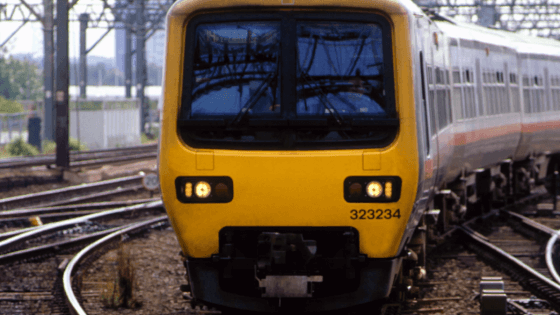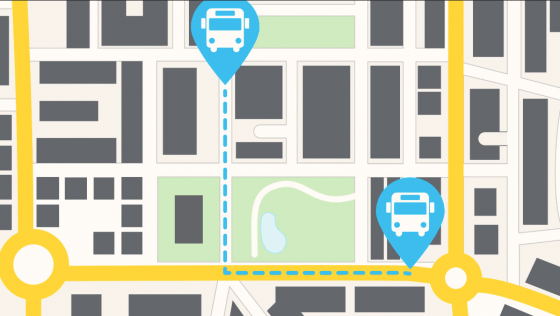Introduction to Industrial Control Systems
Industrial Control Systems by Industry
Industrial Control Systems for Transport
Across the industries, the way to think about it is a system of systems. Transportation is a perfect example. So you have the fleet, it could be rail or busses, but rail is a perfect example. It includes switching, light controls, and warning signs working together as a system of different systems.
SCADA for controlling and switching tracks is entirely separate from using SCADA to monitor the health and stability of an asset, such as an engine car. To look at the health of an engine car, temperature and energy supply need to be monitored, separately and completely independently from monitoring the track. From this it can be determined if the track requires maintenance. For example the track might be experiencing a higher vibration as cars go by than normal and this will show in slight behavior changes in the physical condition of the system.

In transportation the vehicle is a key asset. Routes are a key component of the overall system, therefore monitoring traffic can be very informative. This monitoring can be done through a variety of techniques now. The social web or even some governments and cities will provide information on what is happening out on the roads. In fact, a bus system itself can provide the information.
Monitoring a bus route in terms of the speed at which it moves through a city can indicate how traffic is flowing.
Through passive data collection, you can also look at the telematics of a vehicle and determine when to take the vehicle out of service to change the oil or replace a tire. All these things can ideally be done before an engine failure or a blowout, and this can be done through industrial control type systems. Being able to look at the asset and take busses out of service before they break is a key proactive step to keep the routes on time, to keep customers happy, and optimizing outcomes.

So all of these systems are interdependent systems that look at things like the primary asset. It includes the people, the environment in which the asset operates, and then optimizing the use or removal of an asset to avoid a failure to optimize outcomes. It’s a relatively simple process.
In the past, this process that can be automated through Industrial Control systems was primarily done only through dispatch and operators talking.
 Radio Academy
Radio Academy





